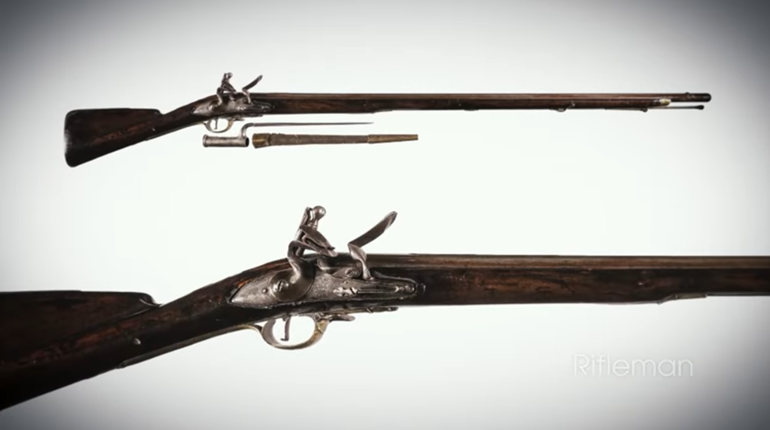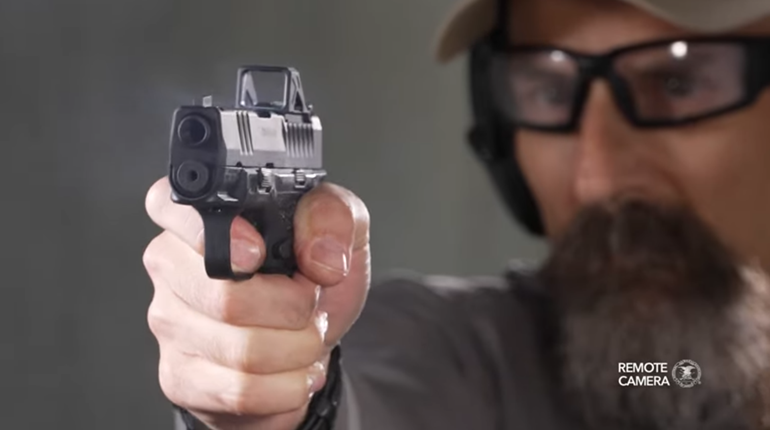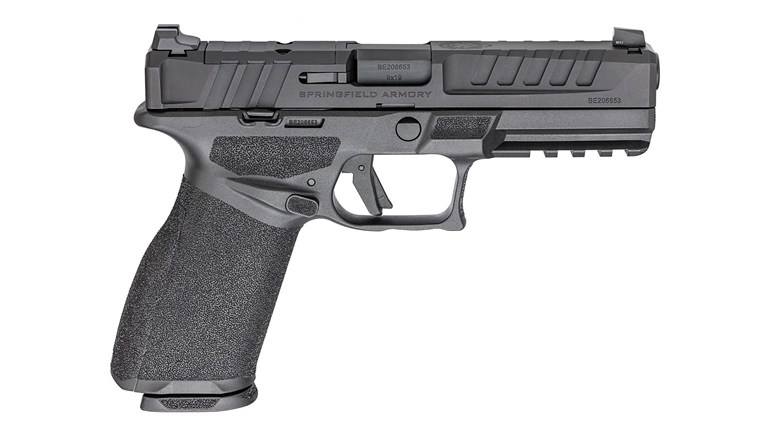It may be accepted wisdom that warfare shaped the evolution of the modern rifle, but that accepted wisdom ignores the fact that the necessities of hunting did, too. When early American explorers ventured into the wilderness, the gun they had at their sides was a matchlock.
Named after the manner in which the firearm was set off, the way it worked was that a match ignited the powder to set off the charge. The first "match" was a twisted rope made of hemp which had been soaked in a solution of saltpeter and wine. It burned slowly and steadily. Before "match" was invented, the shooter fired his gun by touching the powder with a red-hot wire or a glowing coal. This, obviously, was less than ideal for wintry hunting!
The solution to this problem came in the form of a new kind of firearm, one that did not need a lighted fuse, but produced its own fire for igniting the priming powder. The device was called a wheellock, and it worked much like the modern cigarette lighter. Although superior in many ways to the cumbersome and dangerous matchlock, the wheellock, too, had some disadvantages. Its lock was a complicated mechanism and was therefore expensive. It was slow, because the wheel had to be rewound after each shot before the gun could be loaded, primed, and ready to fire again.
A more practical ignition mechanism was needed, and the answer came with the flintlock. The new lock was simplicity itself, producing its spark by striking flint against steel. In the flintlock, the flint was clamped to the cock. The steel was directly opposite the cock. When the trigger was pulled, a strong spring snapped the cock down, striking the steel with the flint and producing sparks which fell into the flashpan below. However, deer hunting rifles didn't really begin to approach the conveniences of modern firearms until the invention of the lever gun.
In this great video from our friends at American Rifleman, you'll see how subsistence hunting helped shape the American rifle!



























